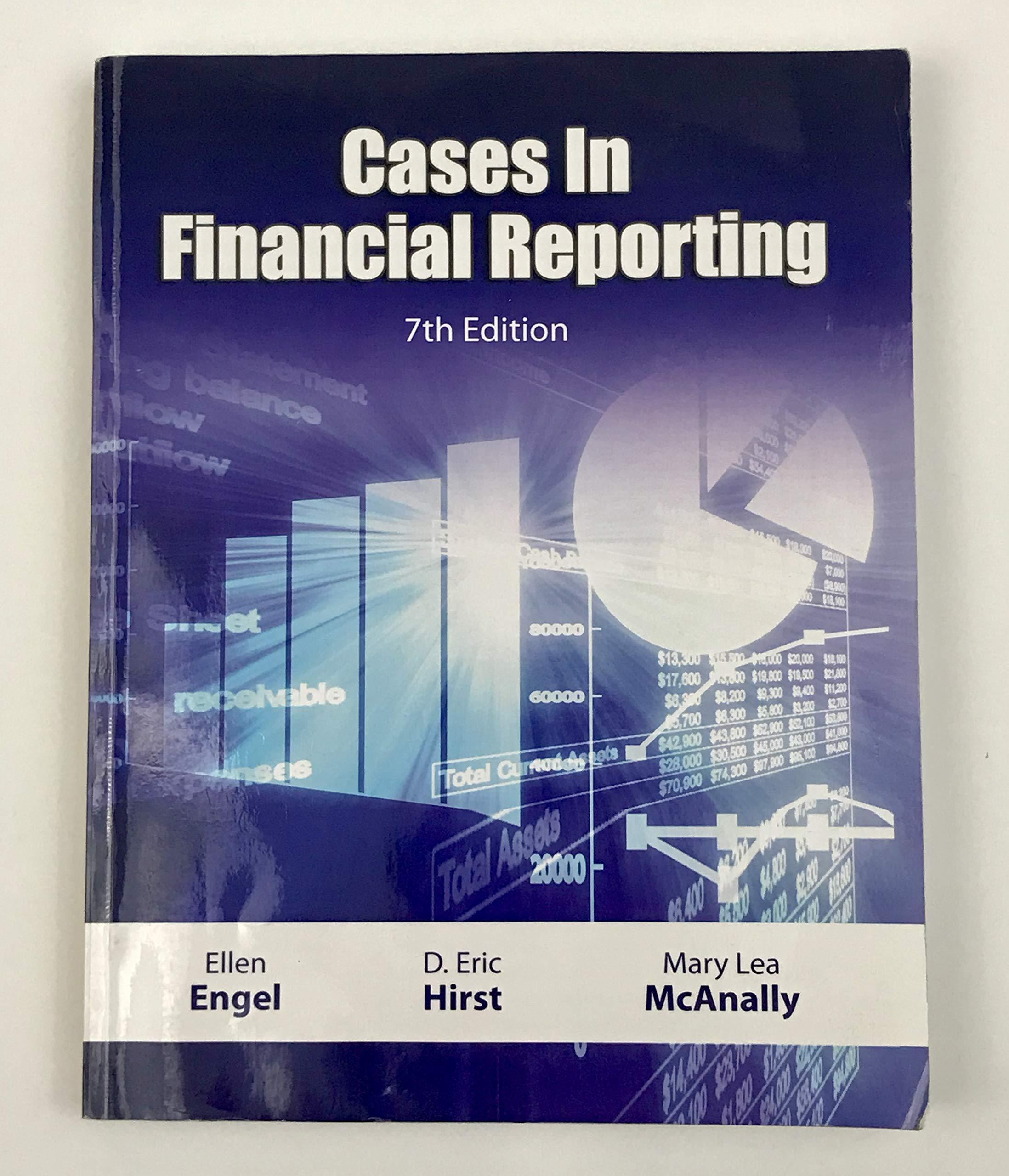Answered step by step
Verified Expert Solution
Question
1 Approved Answer
Consider the periodic-review, order-up-to model along with the model parameters and results provided by Dr. Billy Corrington and appearing in the Appendix I below, calculate
-
Consider the periodic-review, order-up-to model along with the model parameters and results provided by Dr. Billy Corrington and appearing in the Appendix I below, calculate the total annual supply chain inventory holding cost of the six models in Europe. Assume that it takes 5 weeks to ship the printer to Europe and Asia, the inventory review period is 1 week, the holding cost per year is 12% of product cost, and the product cost is $400

Appendix I: Safety Stock Inventory Model The safety stock inventory model calculates safety stocks required to achieve a given line item fill rate (LIFR) goal for any item at any location. It takes into account average demand, the standard deviation of demand (more precisely, forecast error variability), the replenishment lead time, the review period, and the average order quantity (one week's worth of demand). For Europe Option AB the calculations are as follows, using data from Table 11-1: Mean monthly demand: 15,830 units Standard deviation of monthly demand: 5,625 units Mean weekly demand: 15,830/4.333 weeks = 3,653 units Standard deviation of weekly demand: 5,625/(4.333 weeks)1/2 = 2,702 units Lead time: 5 weeks Review period: 1 week Standard deviation of demand over exposure period (lead time plus review period): (2,702)(5+1)1/2 = 6,619 units Target LIFR: 98% (specified goal) Safety factor to ensure 98% LIFR (see Appendix II): 1.90 (dimensionless) Safety stock (safety factor times the standard deviation of demand over exposure period): (1.90)(6,619) = 12,579 units Safety stock in weeks of supply: 12,579/3,653 = 3.4 weeks' supply * On page 337, Table 11-1, the demand of option AY in August should be 363, not 384. This number has been updated in the pdf file. Appendix I: Safety Stock Inventory Model The safety stock inventory model calculates safety stocks required to achieve a given line item fill rate (LIFR) goal for any item at any location. It takes into account average demand, the standard deviation of demand (more precisely, forecast error variability), the replenishment lead time, the review period, and the average order quantity (one week's worth of demand). For Europe Option AB the calculations are as follows, using data from Table 11-1: Mean monthly demand: 15,830 units Standard deviation of monthly demand: 5,625 units Mean weekly demand: 15,830/4.333 weeks = 3,653 units Standard deviation of weekly demand: 5,625/(4.333 weeks)1/2 = 2,702 units Lead time: 5 weeks Review period: 1 week Standard deviation of demand over exposure period (lead time plus review period): (2,702)(5+1)1/2 = 6,619 units Target LIFR: 98% (specified goal) Safety factor to ensure 98% LIFR (see Appendix II): 1.90 (dimensionless) Safety stock (safety factor times the standard deviation of demand over exposure period): (1.90)(6,619) = 12,579 units Safety stock in weeks of supply: 12,579/3,653 = 3.4 weeks' supply * On page 337, Table 11-1, the demand of option AY in August should be 363, not 384. This number has been updated in the pdf file
Step by Step Solution
There are 3 Steps involved in it
Step: 1

Get Instant Access to Expert-Tailored Solutions
See step-by-step solutions with expert insights and AI powered tools for academic success
Step: 2

Step: 3

Ace Your Homework with AI
Get the answers you need in no time with our AI-driven, step-by-step assistance
Get Started


